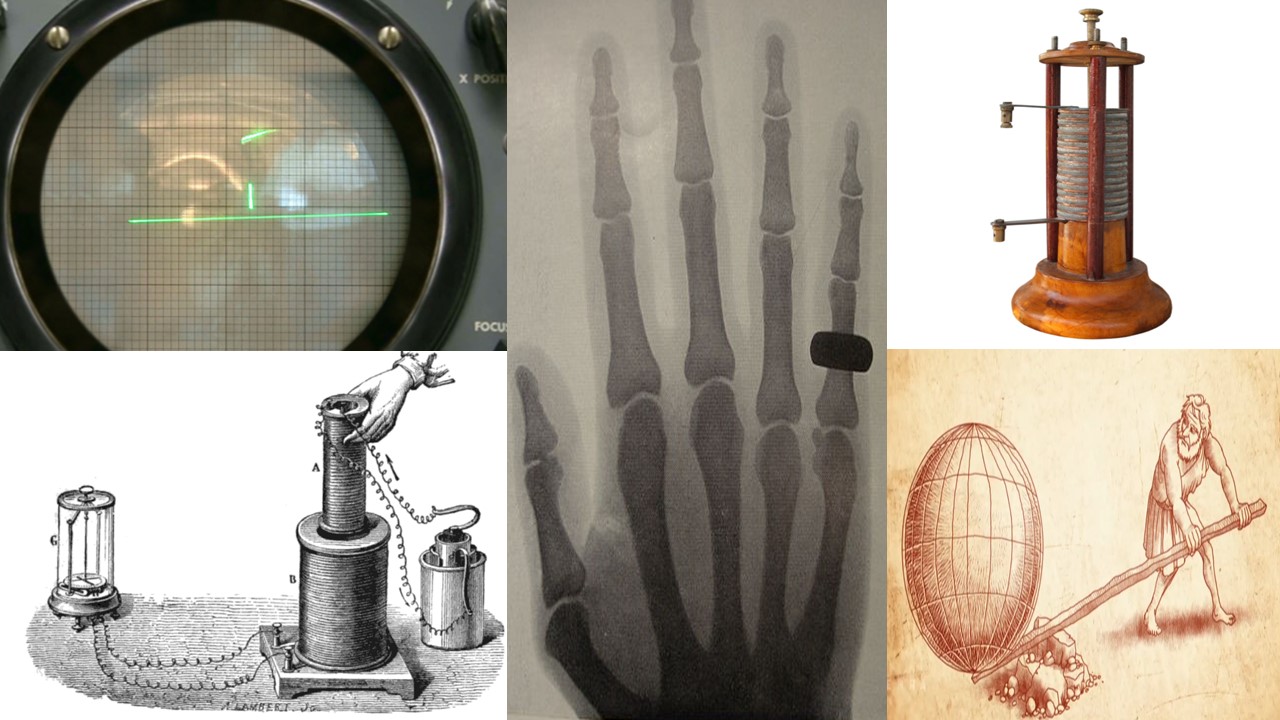
Did you know that one of the first video games was invented by a physicist? Why do you have to put your bags through a machine when you enter airport? In this post, we will look at five simple or somewhat complicated inventions by physicists that are used in daily life.
Although, from Wi-Fi to smart TV - physics is everywhere around us in the form of modern technology. The following are inventions we rarely talk about, or are thankful for, despite making use of them on regular basis.
1. Lever
Archimedes said, “Give me a firm place to stand and a lever and I can move the Earth." That was never tested but a lever is put to use in many forms today: Stapler, a pair of scissors and seesaw. There are different classes of levers:
a) Class I lever is when fulcrum is between load and effort. Example: Seesaw.
b) Class II lever is when load is between fulcrum and effort. Example: Door.
c) Class III lever is when effort is between fulcrum and load. Example: Stapler.

2. Video games
Physics has had an important impact in the early development of video games. In 1958, physicist William Higinbotham created what is thought to be the first video game. It was called Tennis For Two, a very simple game that shaped the history of computer games.
3. Electric generator
Physicist Michael Faraday invented the first electric motor in 1821. Shortly after, Faraday invented the electric generator, based on electromagnetic induction discovered by him. This is used to generate electrical power - which in turn is used to run electrical appliances.
When Faraday first presented induction, he was asked by some politician or reporter: What use is it in the practical world? To this Faraday replied, What use is a newborn baby?
4. Battery
While Faraday invented a way to generate electrical power by fluctuating magnetic fields, another physicist Alessandro Volta had invented a way to store electrical power in 1800. In honor of Volta, the SI unit of electric potential is called Volt. Today, almost all the toys that children play with use batteries.
5. X-ray
Some say that Nikola Tesla discovered x-rays by accident. Others credit Wilhelm Roentgen for inventing a way to generate x-rays in 1895. Whatever the case may be, did you know that x-rays are not only used in healthcare but also in the security industry? Every time your luggage passes through a security machine, an officer can see what is inside your bags.








-01.jpeg)
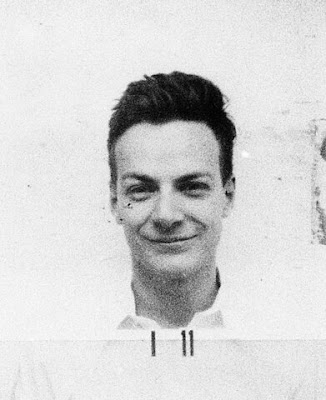



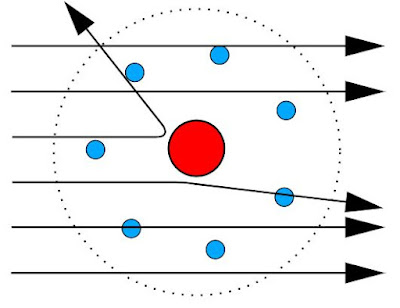
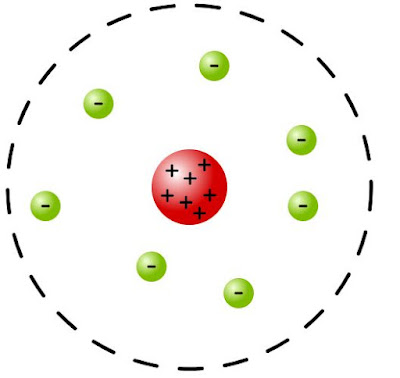

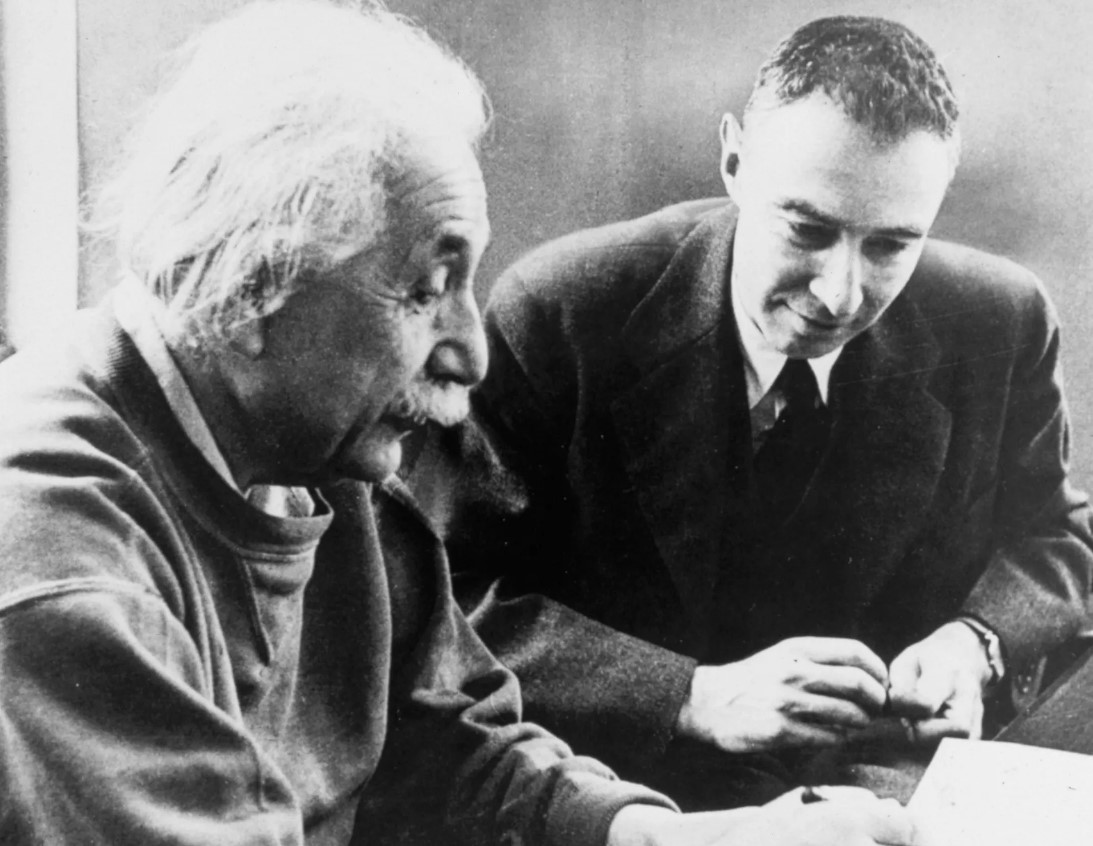



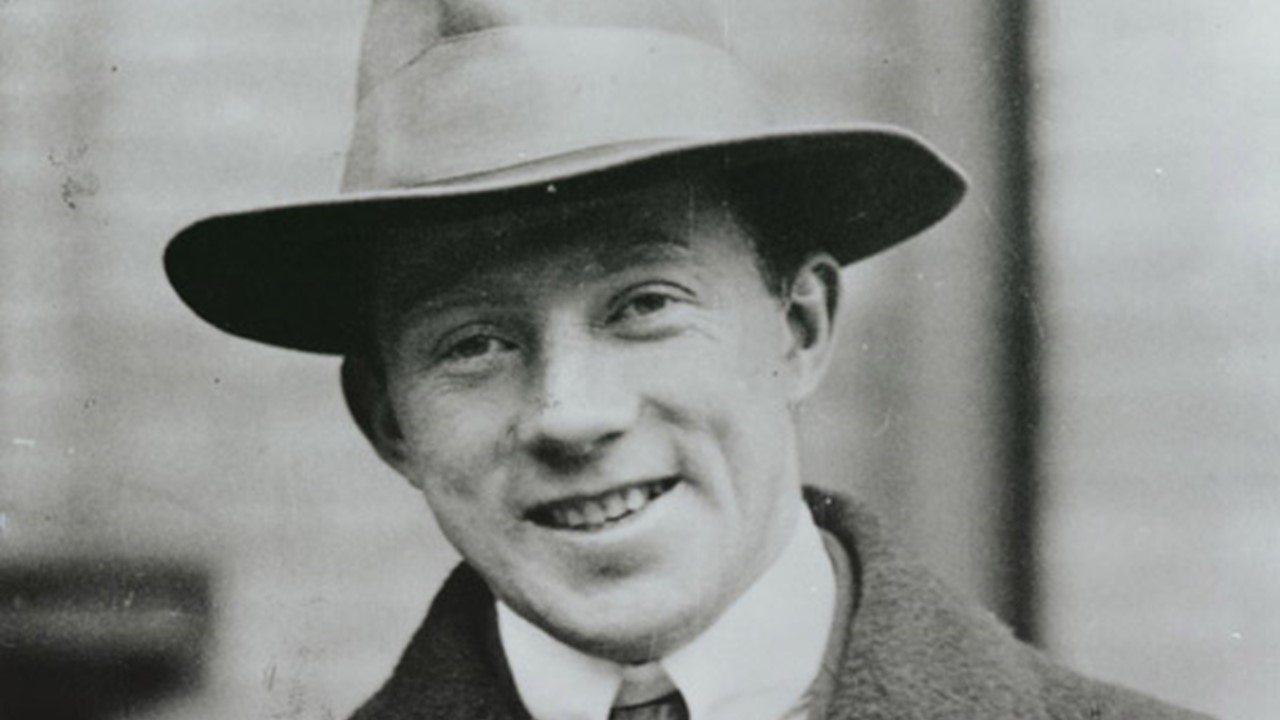
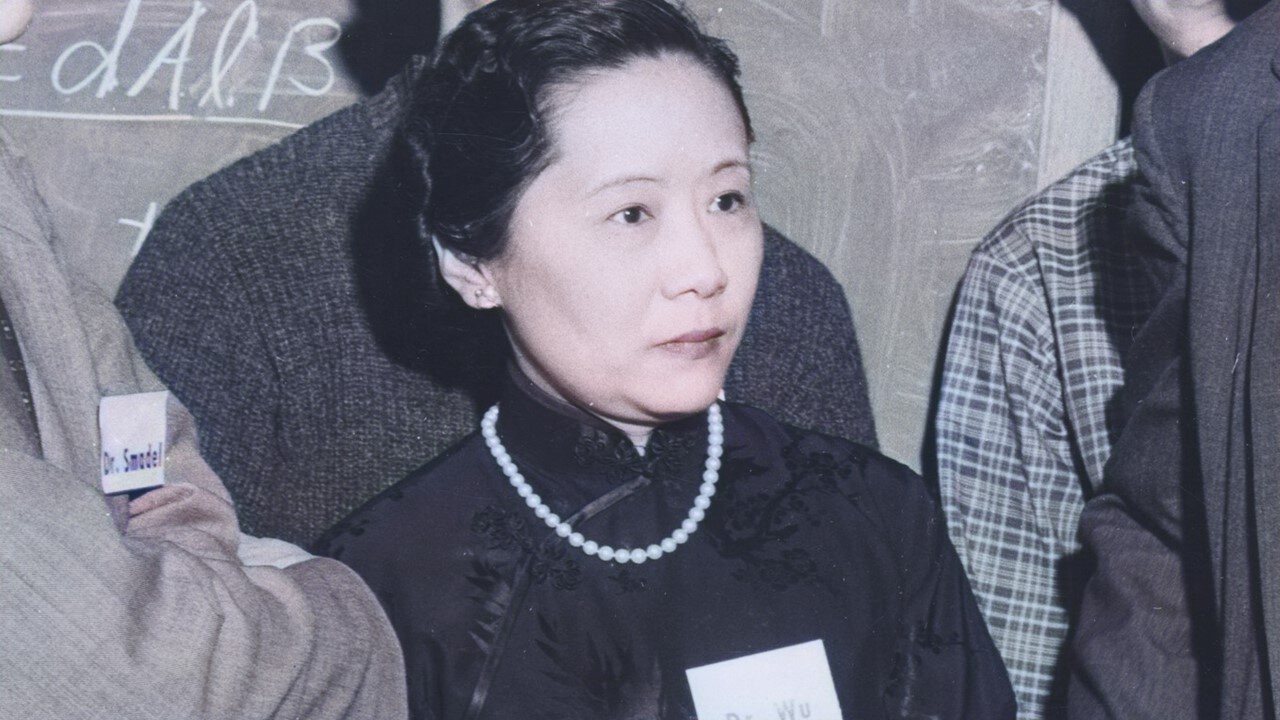

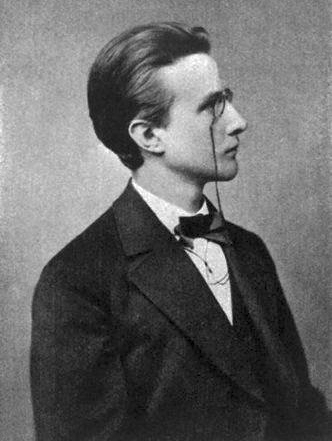




 Physics, astronomy and science history blog for students
Physics, astronomy and science history blog for students